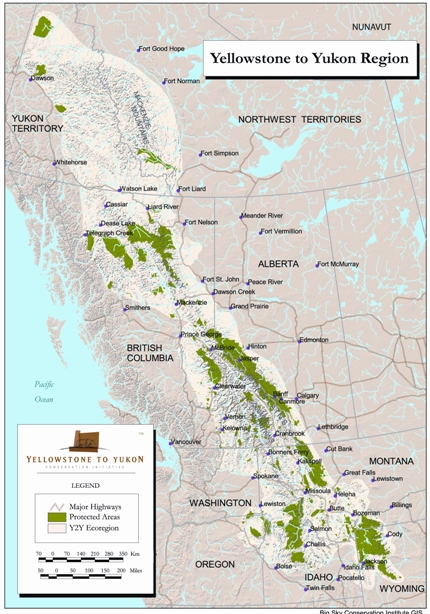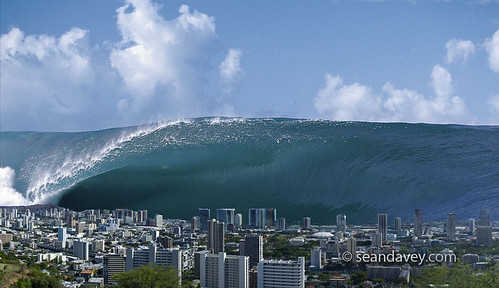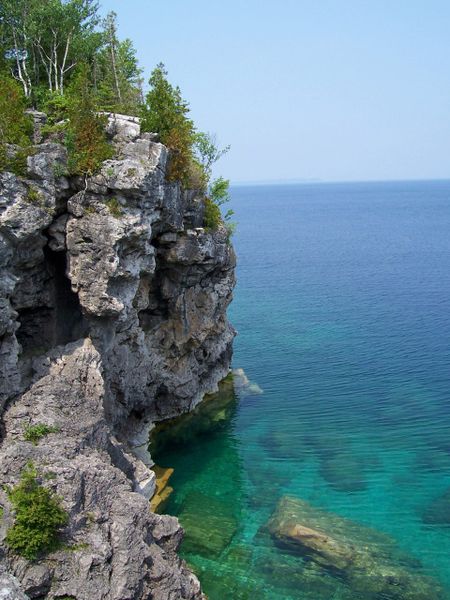If you think the biosphere is pretty cool check this out! At the University of Arizona they have created a new biosphere! This complex spans over three acres and has cost over 200 million dollars to create. The goal behind Biosphere 2 is to bridge the gap between our biosphere and science by creating a living laboratory of sorts. The idea is that within this strictly manipulated environment scientists will have the opportunity to better observe how the environment works. The reason this is so important is because scientific equipment that cannot be easily transported can be implemented to take readings and perform experiments. There is a bit of controversy surrounding the success of this establishment but regardless, it is a vital experiment in the eventual goal of making settlements in inhospitable climates including other planets. Good information can be found in the “science” section of this website where the organization explains its mission and purpose. Definitely worth checking out!





 A tsunami is a series of ocean waves generated by sudden displacements in the sea floor, landslides, or volcanic activity. In the deep ocean, the tsunami wave may only be a few inches high. The tsunami wave may come gently ashore or may increase in height to become a fast moving wall of turbulent water several meters high. The National Oceanic and Atmospheric Administration (NOAA) has the primary responsibility of providing warnings but also carries out research and observations as well. On their website they educate on why tsunami’s occur, how to prevent them, what to do when one happens, information on past global tsunami’s, as well as photos and interactive demonstrations of the oceanic beasts.
A tsunami is a series of ocean waves generated by sudden displacements in the sea floor, landslides, or volcanic activity. In the deep ocean, the tsunami wave may only be a few inches high. The tsunami wave may come gently ashore or may increase in height to become a fast moving wall of turbulent water several meters high. The National Oceanic and Atmospheric Administration (NOAA) has the primary responsibility of providing warnings but also carries out research and observations as well. On their website they educate on why tsunami’s occur, how to prevent them, what to do when one happens, information on past global tsunami’s, as well as photos and interactive demonstrations of the oceanic beasts. 
 This website discusses the reasons for having daylight savings time in the United States. The website discusses the history of daylight savings time, daylight savings time’s effect on electricity conservation. This website goes into detail on the changes that have occurred regarding when daylight savings time occurs and it’s duration, specifically the changes that occurred in 2007 as result of the Energy Policy act passed by the Bush administration. Link:
This website discusses the reasons for having daylight savings time in the United States. The website discusses the history of daylight savings time, daylight savings time’s effect on electricity conservation. This website goes into detail on the changes that have occurred regarding when daylight savings time occurs and it’s duration, specifically the changes that occurred in 2007 as result of the Energy Policy act passed by the Bush administration. Link: 







 This is the map of the world’s hotspots taken from google images.
This is the map of the world’s hotspots taken from google images.